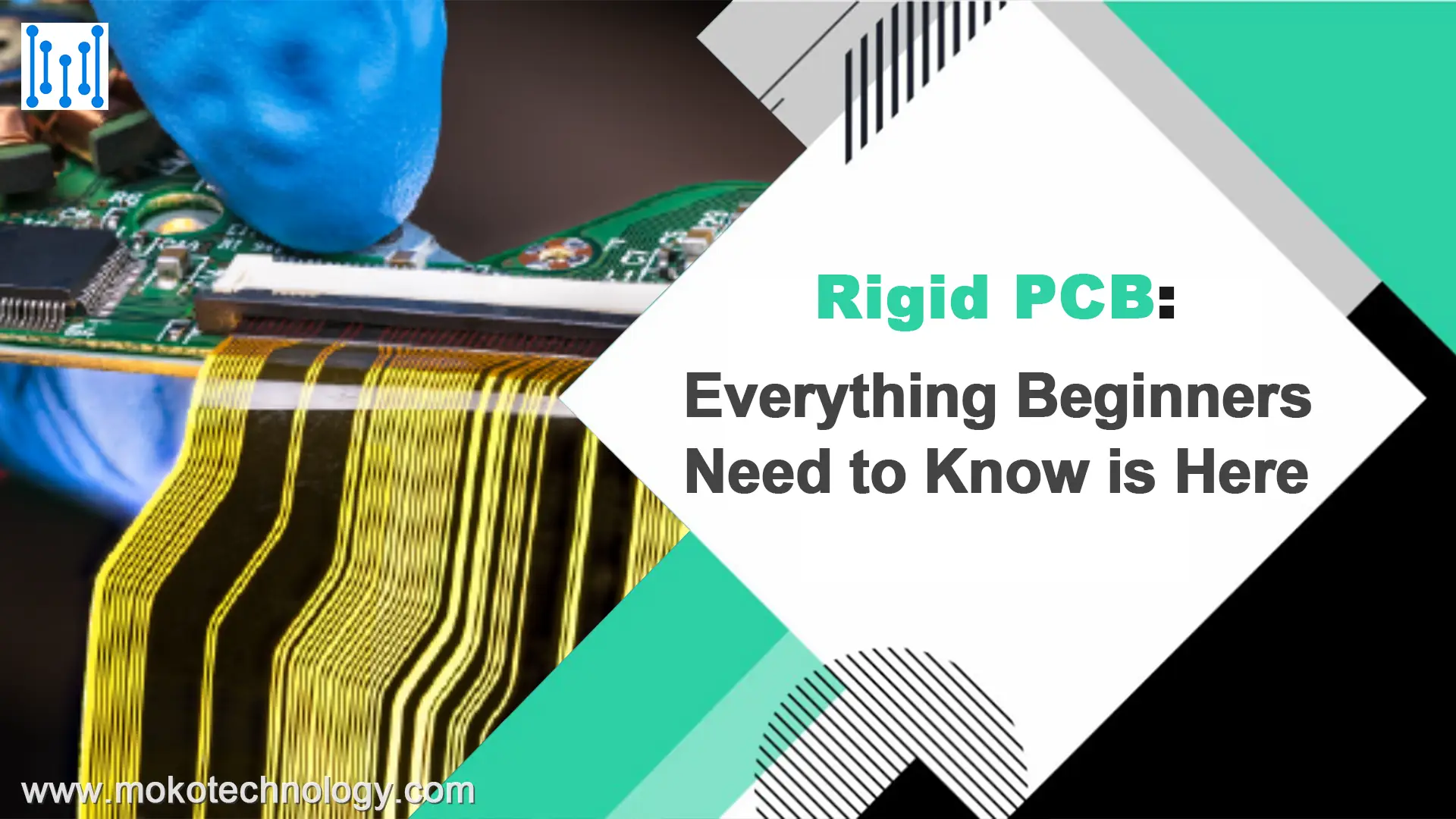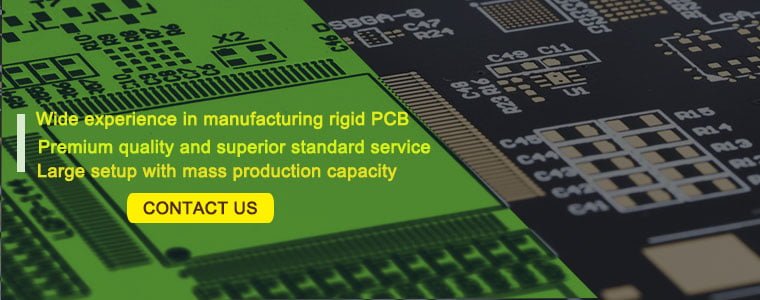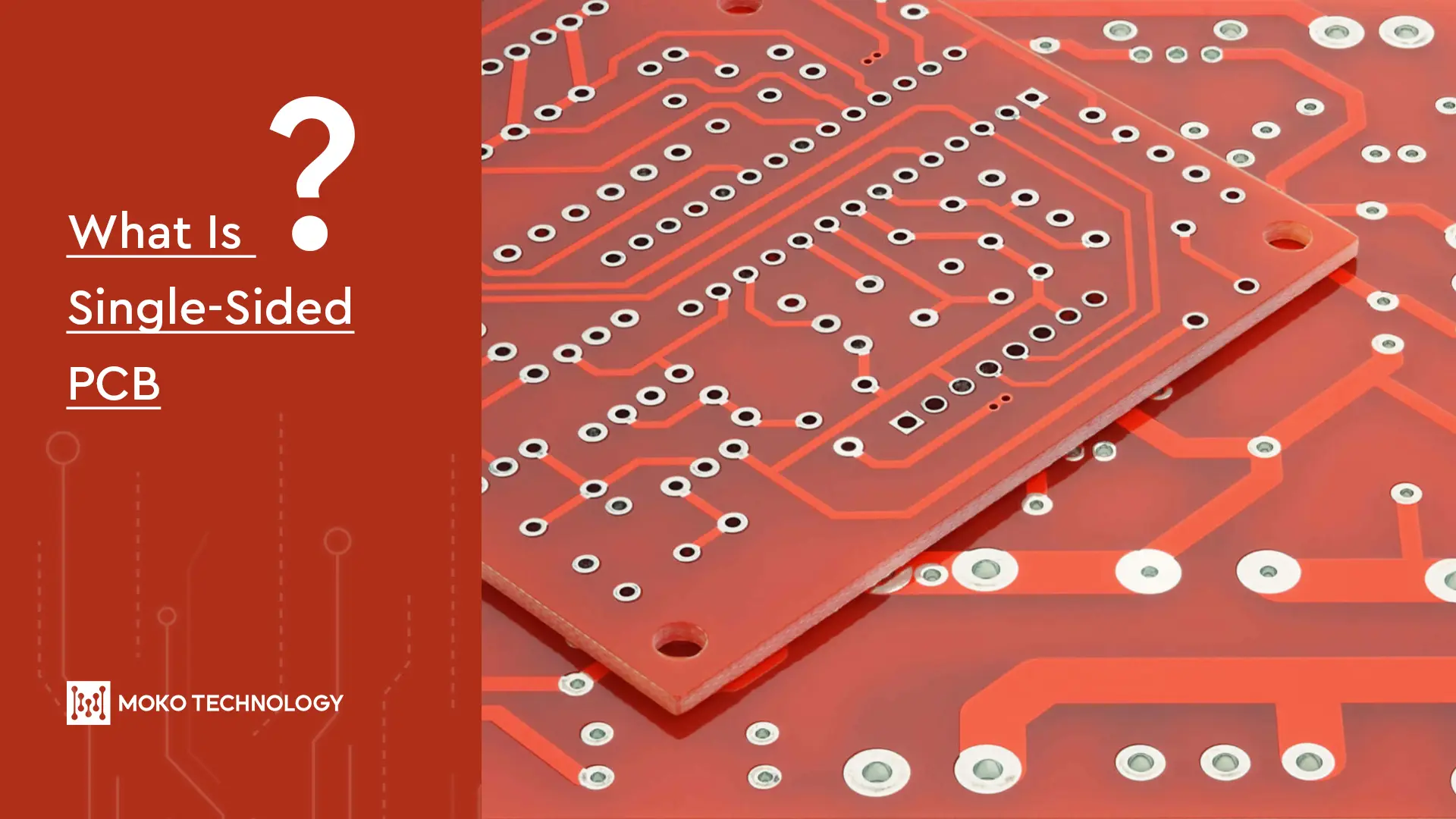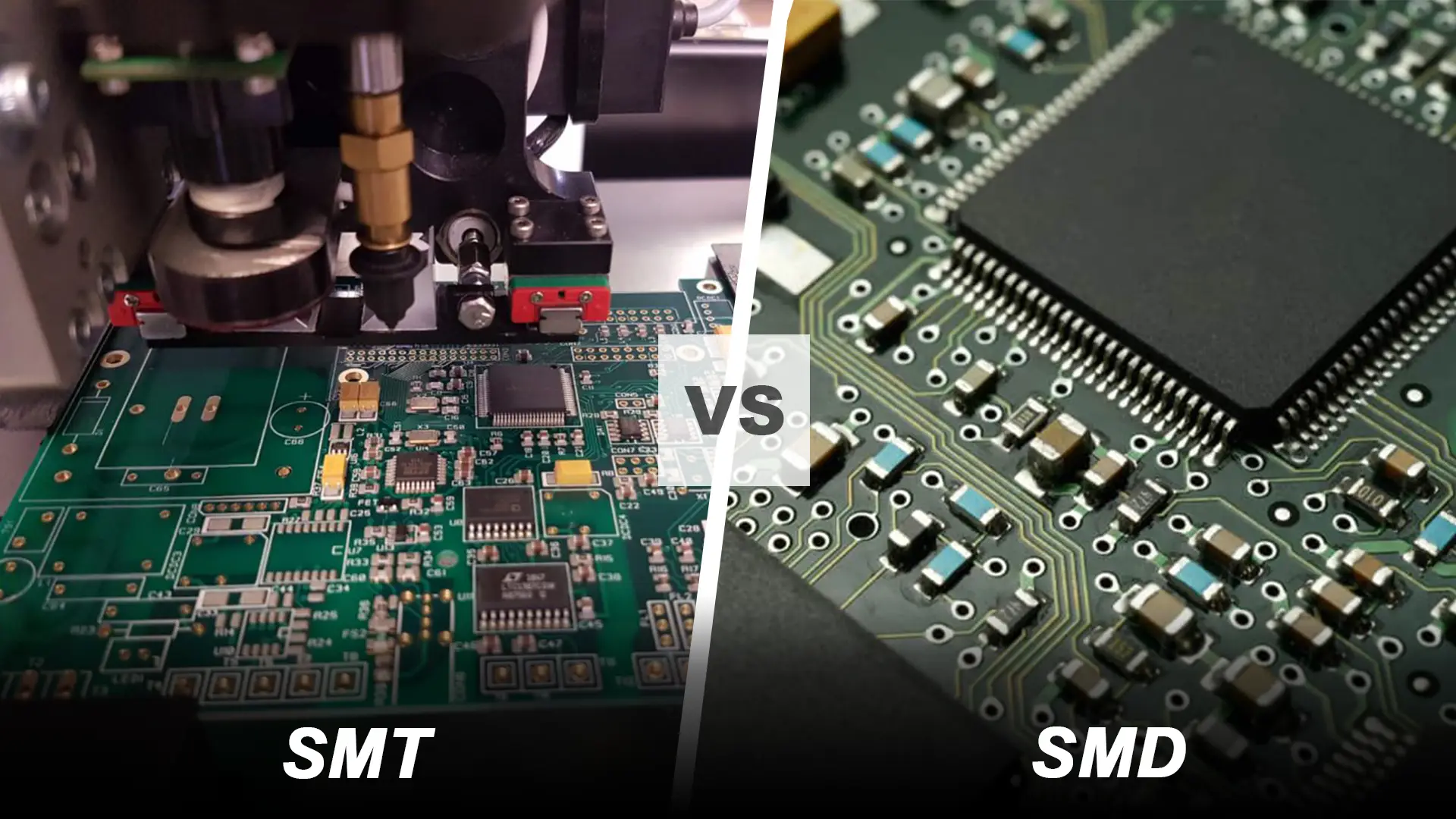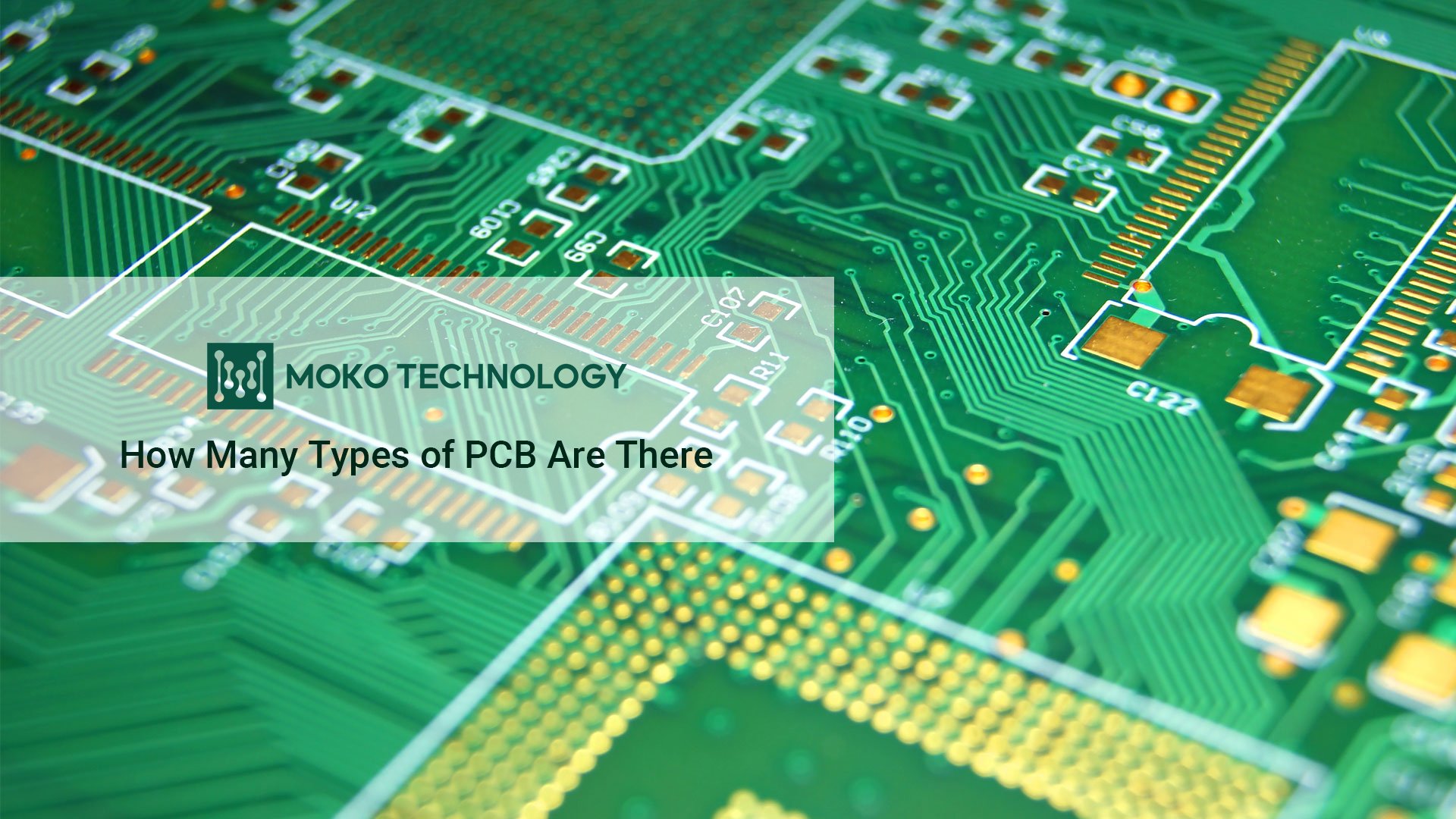Rigid PCB is the most common type of PCB, they provide sturdy mechanical support for mounted electronic components, while enabling efficient manufacturing using automated assembly processes. These attributes have made rigid circuit boards the standard choice for consumer gadgets, automotive electronics, industrial equipment, medical devices, aerospace avionics, and military systems. In this blog post, we will provide an overview of rigid PCB technology, including its benefits, limitations, applications, and so on. Let’s get started with its definition.
What Is Rigid PCB?
A rigid printed circuit board, or rigid PCB, refers to a type of PCB made from rigid insulating substrate materials that provide mechanical support for mounted electronic components. The board itself does not flex or bend.
Rigid PCBs contain conductive copper traces etched or printed onto the substrate to form the electrical connections between components. The substrate is typically made from sheets of materials like FR-4 glass epoxy laminate, but other materials such as CEM-1 or polyimide are also used for more demanding applications.
The rigid board substrates are available in a range of standard thicknesses, commonly from 0.4mm up to 3.2mm, to provide suitable strength and rigidity. Boards can consist of a single-sided copper layer, double-sided with copper on both sides, or multilayer constructions with copper sandwiched between insulation layers.
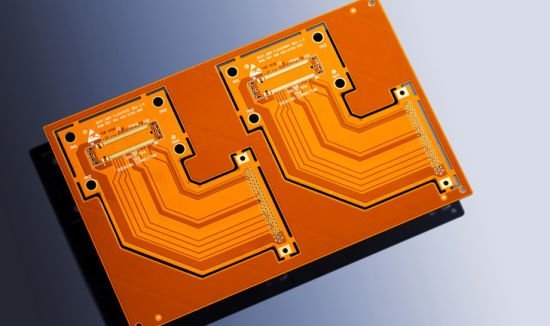
Benefits of Rigid PCB
- Rigid printed circuit boards provide ideal mechanical support for mounting and securing components, allowing reliable soldering and affixing of parts.
- The dimensional stability of rigid circuit boards resists warping and distortion, maintaining precise tolerances and spacing between electrical contacts.
- Rigid PCBs maintain consistent performance and promote reliability by preserving precise spacing between electrical traces and contacts.
- The established fabrication processes enable rigid PCBs to be manufactured cost-effectively even for high volume consumer products.
- Rigid PCB’s stiffness and ruggedness allow them to withstand stresses like vibration, shock, and varying temperatures, suitable for demanding environments.
Limitations of Rigid PCB
- The lack of flexibility in rigid PCBs limits potential applications in situations requiring dynamic flexing or unique enclosures.
- Rigid boards are susceptible to cracking or fracturing as a result of certain physical stresses or thermal differentials.
- The fixed thickness of rigid PCBs can constrain routing for highly complex designs with tight trace densities.
- Drilling through-holes in rigid boards reduces routing options and can weaken the structure over time.
- Rigid PCB prototyping typically involves longer lead times relative to other board types, like flex PCBs
Materials of Rigid PCBs
The most common materials used in rigid PCB construction are FR-4 glass epoxy laminates for the substrate, copper for conductive traces and pads, soldermask for insulation, and a gold or tin plating on the copper pads.
FR-4 glass epoxy is the standard substrate material for rigid PCBs. FR-4 provides mechanical rigidity and strength to support components mounted on the board, while electrically isolating between conductors.
Copper sheets laminated onto the FR-4 are etched to form the conductive traces, pads, vias, and features that carry signals between components. Copper is used due to its high conductivity and ease of processing.
Soldermask is a polymer coating applied over the entire PCB surface, excluding areas intended for soldering. It prevents solder bridges from forming between closely spaced copper traces.
The copper pads are plated with a thin layer of gold or tin to facilitate soldering and prevent the copper from oxidizing. This improves solderability and enhances the solder joint integrity between components and the board.
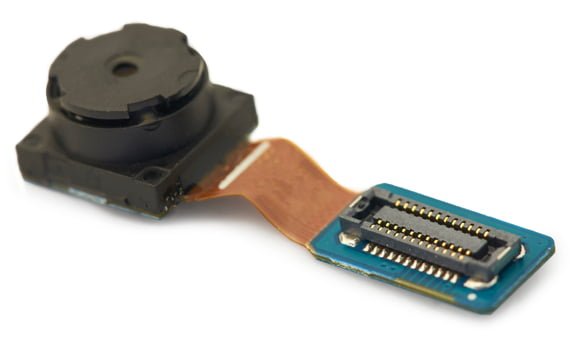
The Best Practices for Rigid PCB Manufacturing
- Optimize board design for manufacturability. Consult with PCB factory during design process to understand their capabilities and avoid features that are difficult to produce like tiny spacings and high aspect ratio holes.
- Carefully select materials. Use appropriate substrate materials like FR-4 glass epoxy for general purposes or high-frequency laminates for more demanding RF applications.
- Employ high quality lamination. Bond copper foil to substrate through precisely controlled high heat and pressure lamination process to create a robust foundation.
- Use precision photolithography. Accurately imprint circuit patterns onto copper layers. Achieve fine line resolution and hole annularity. Verify alignment of layers.
- Perform thorough inspection. Carry out automated optical inspection after photolithography to identify any defects early for correction.
- Clean properly. Use cleaning processes to remove residues from fabrication that could lead to quality issues.
- Apply surface treatments. Treat exposed copper surfaces to prevent oxidation and ensure readiness for soldermask layer.
- Insulate with soldermask. Apply soldermask to act as insulation between conductors with openings left for soldering components.
- Print markings cleanly. Use silkscreen printing to accurately apply markings for branding, assembly, and identification.
- Control quality rigorously. Implement comprehensive quality control procedures, testing, and statistical process monitoring at every stage.
Applications of Rigid PCB
Rigid PCBs are integral to many computer components that operate under punishing conditions. Hard drives spin at incredibly high velocities, generating substantial vibrations over time. Prolonged use also leads to intense internal heat buildup. Rigid printed circuit boards maintain integrity under such vibrating and hot environments to ensure reliable data reading and writing.
- Computer Electronics
Rigid PCBs are integral to many computer components that operate under punishing conditions. Hard drives spin at incredibly high velocities, generating substantial vibrations over time. Prolonged use also leads to intense internal heat buildup. Rigid printed circuit boards maintain integrity under such vibrating and hot environments to ensure reliable data reading and writing.
- Automotive Electronics
Automotive electronics greatly benefit from compact yet rugged rigid PCB. Shaped to fit tight spaces, they avoid bulky cabling while meeting demands for lightweight vehicles. Rigid circuit boards withstand vibration, dramatic temperature changes, and moisture in constrained engine bays and dashboards. Their durability is vital for systems controlling brakes, airbags, and more.
- Smartphones
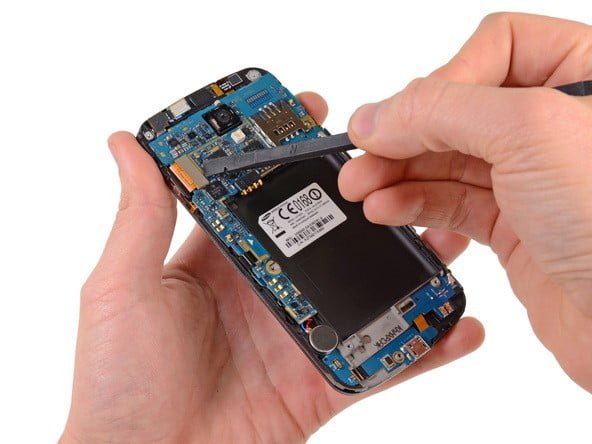
Slim, lightweight smartphones pack immense processing power into a portable form factor. Rigid PCBs effectively consolidate core components into a robust structure able to survive everyday use. Smartphones must withstand frequent drops, temperature fluctuations, and even immersion in water. Rigid PCBs meet these challenges with durable construction that resists flexing and moisture damage far better than conventional PCBs.
When reliability and durability matter most, look no further than MOKO Technology for exceptional rigid PCBs. With extensive industry experience and a reputation for premium quality, MOKO has the expertise to deliver top-tier PCB manufacturing service. Our expansive manufacturing capabilities allow mass production of rigid PCBs to the highest standards. Whether you need common or specialized configurations, we can customize rigid PCBs to your exact specifications. Feel free to contact us for a quote or any further questions.
